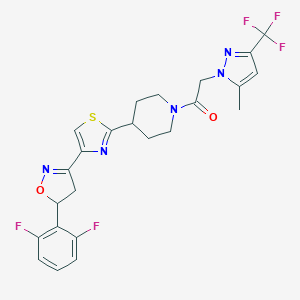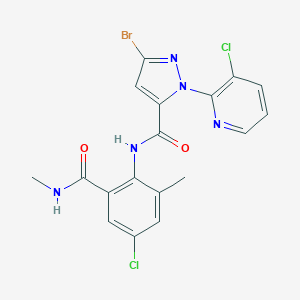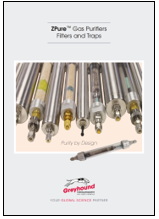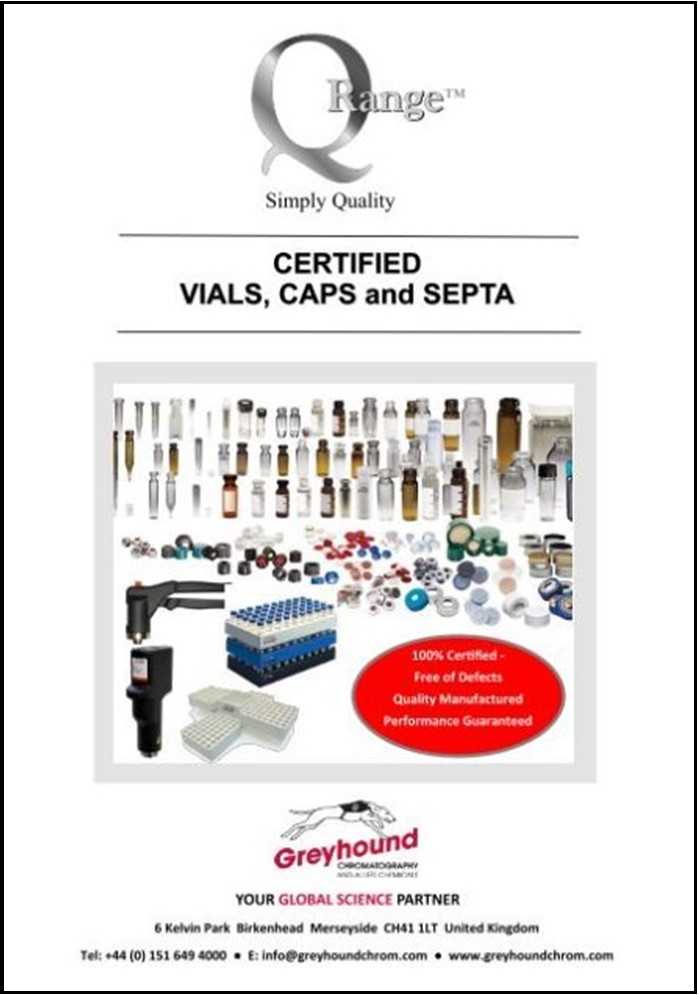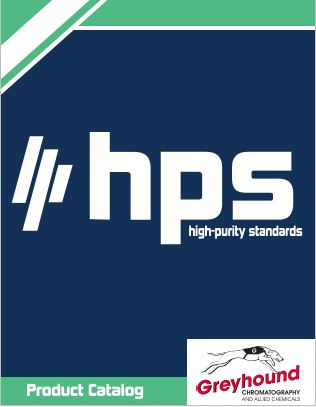Soil Runoff, Do GMO Crops Prevent Runoff?

Do GMO Crops Prevent Soil Runoff?
Soil runoff is one of the many things that is hurting the environment and the natural water supply. If farmers live near rivers and lakes, they can pollute those sources of water by using pesticides in their crops, which will then leak into nearby water supplies, which can be dangerous if exposed to local communities. Luckily, genetically modified crops, better known as GMOs, actually can help prevent dangerous runoff and stop people from getting sick.
What are GMOs?
Every crop, and organism in general, carries a certain set of genes that are linked to various traits and characteristics. Some of these traits attract pests to them, causing mass amounts of crops to perish and die. However, scientists realized they could manipulate specific genes in crops to help prevent them from getting eaten by particular pests. This technology is used in several areas aside from agriculture. It also has been used to help create insulin for diabetes patients, who were at risk for being transmitted the disease prior to GMO technology, which eliminated the dangerous gene within the medication.
While GMOs have been getting a bad rap because they are not considered natural, there have been no proven studies suggesting that GMOs are harmful toward humans or the environment. Instead, there have been several success stories, especially when it comes to fending off pests and growing crops successfully, Northern Canola noted. Just take golden rice, a GMO crop designed to help those with vitamin A deficiencies. This type of rice, which gets its name from its color, will be used in developing nations and contains both iron and beta carotene to improve people's nutrition. Other GMO crops that are under development include a potato that absorbs less oil so that people consume less fatty acids.
How does it help runoff?
Luckily, GMO crops are not only helping to fend off pests and improve people's nutrition. They are also being used to prevent runoff and bolster the environment. This essentially happens through weed control. Farmers will control the growth of weeds on their farms by continuously tilling the land, according to GMO answers. This tilling, or re-mixing of the soil, contributes to runoff and erosion, as well as the release of carbon monoxide, a greenhouse gas. However, with GMO crops, that does not have to occur. GMO crops do not attract pests and weeds, allowing farmers to till less often and preventing the release of greenhouse gases. The genetic modification also improves soil health, water retention and most importantly, stops runoff by preserving the top layer of soil.
For over 30 years Greyhound Chromatography has been supplying high quality Chromatography consumables to laboratories around the world. Greyhound’s extensive range covers all areas of Environmental, Petrochemical, Food, Forensics, Chemical and Pharmaceutical analysis. Backed by a highly experienced technical services team, Greyhound is the preferred source amongst today’s analysts.
What's New from Chem Service
Chem Service Certified Reference Standards
Established in 1962 Chem Service is the largest independent supplier of Analytical Reference Materials and the original source of small quantities of organic chemicals. Chem Service also has over 2,000 Pesticide Standards, including Pesticide Standards for Cannabis in its catalogue. Chem Service offers Custom made Standards manufactured to your specific requirements, all standards are accredited to ISO 17043:2016; ISO/IEC 17025:2005; ISO 9001:2015 Quality Management System.
Over 95% of Chem Services’ neat Standards Grade materials have a purity of 98.0% or greater.
Chem Services’ worldwide customers are found in the chemical, government, food quality, agricultural and life science research communities.
Pesticide Reference Standards recently added to our website:
2,3',4',5-tetrabromodiphenyl ether(BDE 70) Solution (CAS # 446254-39-3)
o,o,o-Tripropyl thiophosphate (CAS # 2272-08-4)
2,6-Dibromobiphenyl ether (BDE 10) Solution (CAS# 51930-04-2)
Uses: Flame retardant
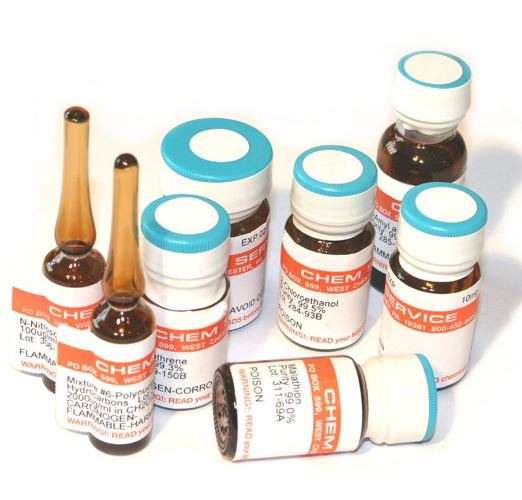
Oxathiapiprolin (CAS# 1003318-67-9)
Part Number : N-14266-10MG
CAS#: 1003318-67-9
Chemical formula: C24H22F5N5O2S
Pesticide type: Fungicide
Substance group: Piperidinyl thiazole isoxazoline
Mode of action: Systemic, preventative with residual disease control. It acts via an oxysterol binding protein.
2-Bromodiphenyl ether (BDE 1) Solution (CAS# 7025-06-1)
Chlorantraniliprole (CAS # 500008-45-7)
Part #: N-11422-25MG
Cas: 500008-45-7
Molecular Formula: C18H14BrCl2N5O2
Pesticide type: Insecticide
Substance group: Anthranilic diamide
Mode of action: Exhibits larvicidal activity as an orally ingested toxicant by targeting and disrupting the Ca2+ balance; Ryanodine receptor (Group 28)
Chlorantraniliprole Solution (CAS # 500008-45-7)
Part Number: S-11422A1-1ML
Cas: 500008-45-7
Please visit our website to see pricing for Chem Service products. You may benefit from a discount to the prices shown if you are placing orders for multiple items, please contact sales@greyhoundchrom.com for a quotation. Please note you will be required to register to the website in order to view prices.
CONTACT US
Tel: +44 (0) 151 649 4000
Email: info@greyhoundchrom.com
FOLLOW US
YOU MAY ALSO BE INTERESTED IN OUR NEWSLETTER


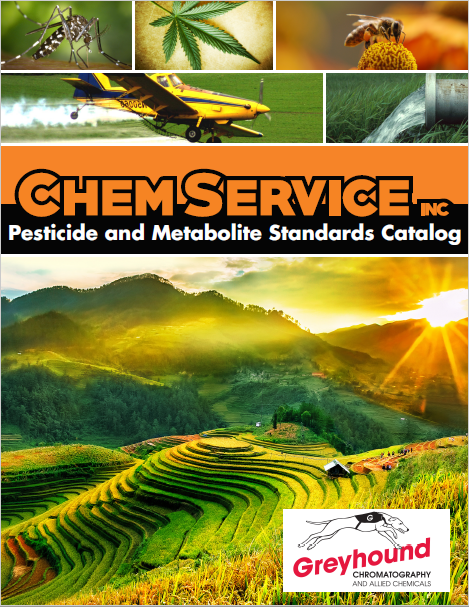
.jpg)
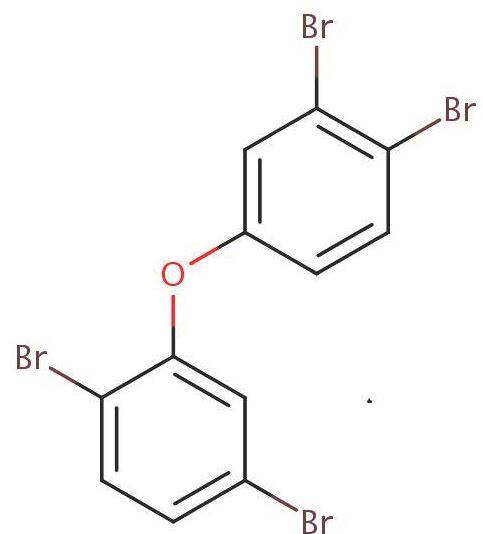

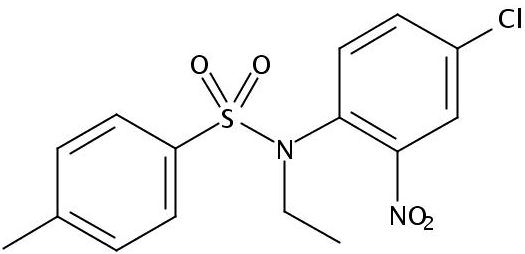
 Solution 3.PNG)
